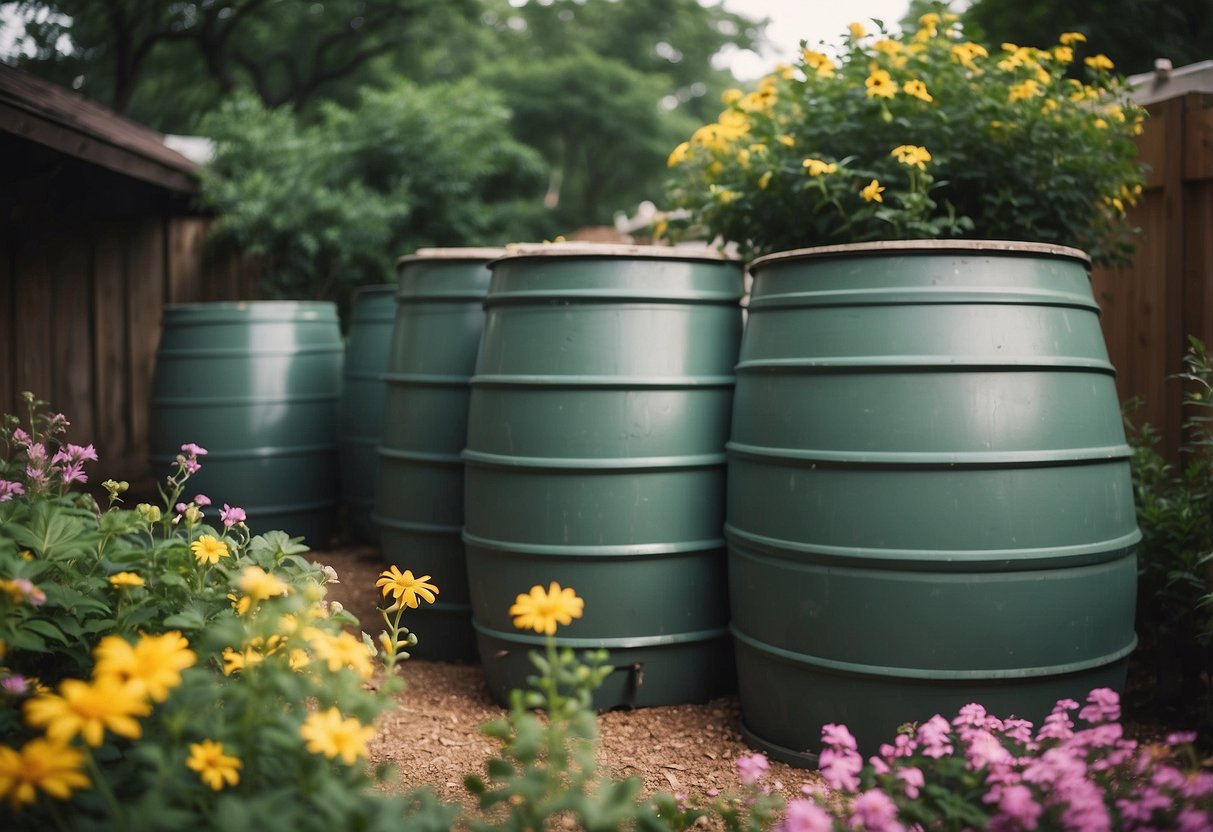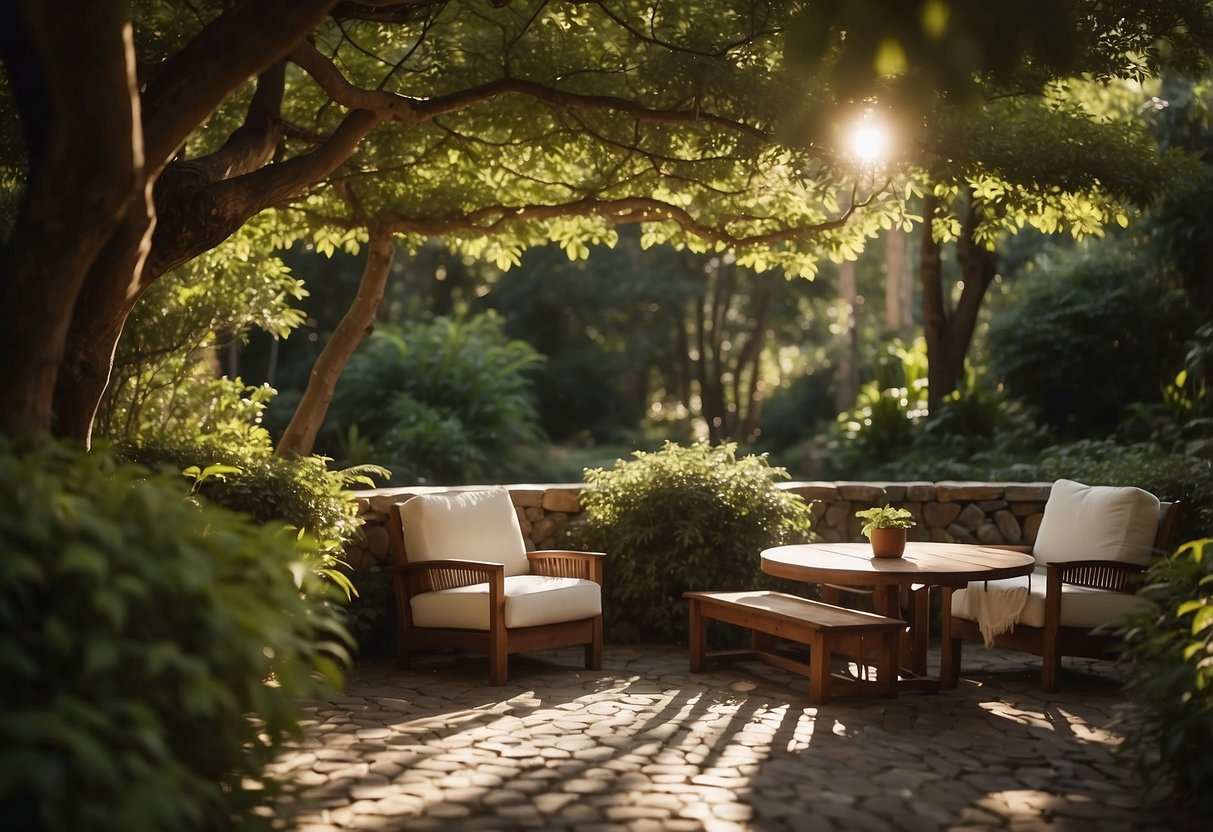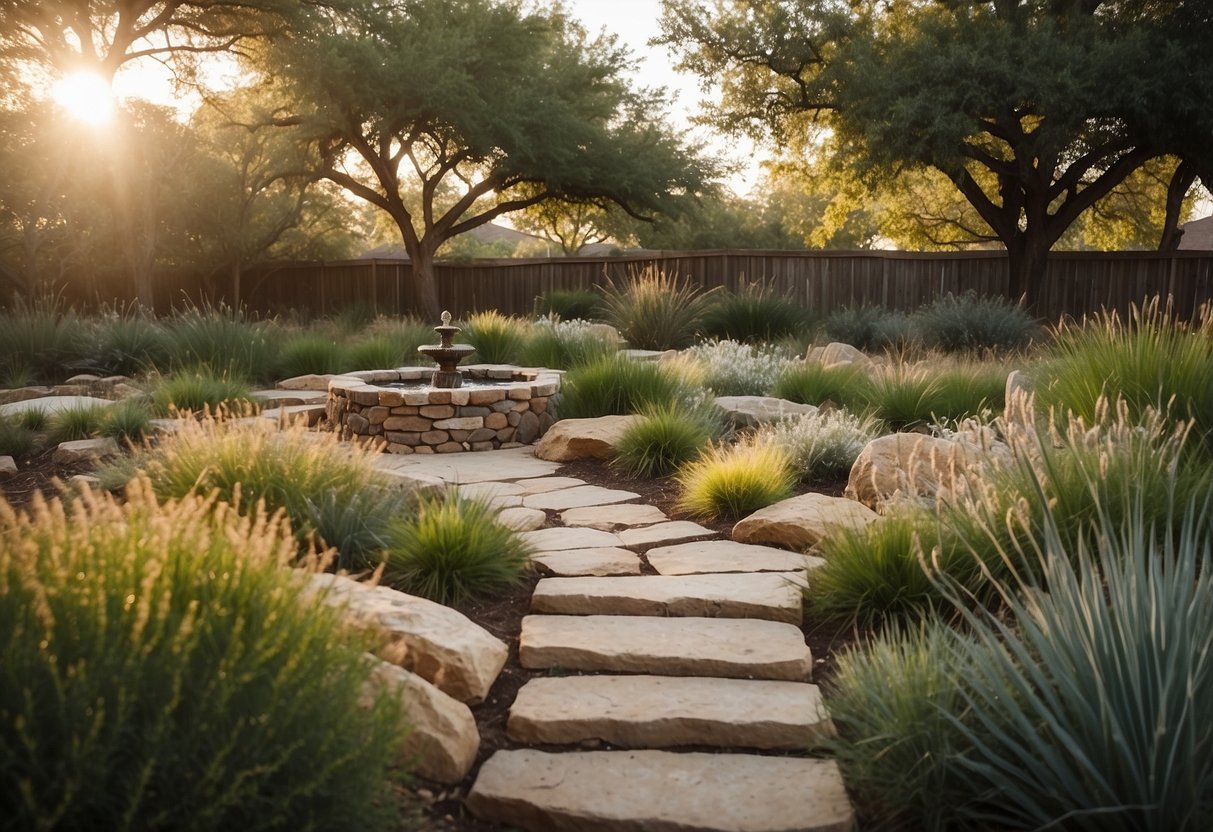North Texas Garden Ideas: Create Your Perfect Backyard Oasis
Gardening in North Texas offers unique opportunities to create beautiful and productive outdoor spaces. With the area’s distinct climate and soil conditions, you can cultivate a variety of plants that thrive here. From vibrant flower beds to bountiful vegetable gardens, there are countless ways to enhance your landscape.

What turns a simple garden into a thriving oasis? The right combination of plants, proper care, and timely maintenance. North Texas gardeners can enjoy year-round beauty with a bit of knowledge and planning. Your garden can become a lush and inviting retreat, perfect for relaxation and enjoyment.
1) Butterfly Garden

Creating a butterfly garden in North Texas is a great idea. Butterflies love plants like Vitex, which blooms with lavender flowers in late spring. Lantana is another excellent choice. It produces lots of blooms in the summer and is perfect for attracting butterflies.
You can also plant both host and nectar plants. Host plants are where butterflies lay their eggs. Nectar plants provide food for the adult butterflies. This combination will help keep your butterfly garden buzzing with activity.
Certify your garden to show off your effort and contribute to educating others. You can do this through Texas Discovery Gardens.
2) Native Wildflowers

Adding native wildflowers can make your garden burst with color and attract pollinators. Consider planting the Flame Acanthus. Its fiery, orangish-red flowers are a sight to behold.
Texas Bluebonnet is another top choice. Its blue, spiky flowers are iconic in Texas landscapes.
Lastly, the Black Prairie Clover with its pinkish blooms can add a delicate touch. These flowers draw butterflies and bees, enhancing your garden’s beauty and health.
3) Low-Maintenance Perennials

You don’t need a green thumb to grow beautiful perennials in North Texas. Some great options require little care and thrive in the heat.
For eye-catching blooms, try Phlox paniculata ‘John Fanick’. It’s fragrant, heat-tolerant, and drought-resistant.
Consider adding Lantana to your garden. This robust plant brings vibrant color and handles the Texas sun with ease.
4) Rainwater Harvesting System

Installing a rainwater harvesting system in your North Texas garden helps you save water. Rainwater tanks and barrels collect runoff from your roof.
This stored water can then be used to water your garden. Rain Ranchers offers specialized systems for capturing and storing rainwater. It’s a practical way to make the most of your natural resources.
For a more hands-on approach, Morning Chores provides DIY options. You can create a simple rain barrel from a trash can. These methods are cost-effective and easy to set up.
5) Cacti and Succulents

Cacti and succulents are perfect for North Texas gardens. They thrive in hot and dry conditions.
Place your cacti in full sun where they receive at least six hours of sunlight daily. Use well-draining soil like sandy or rocky mixes.
Consider adding decorative elements such as glass balls to your garden. They can add color and style. Interested in different types of cactus? The Beavertail Cactus has beautiful pink flowers and is ideal for desert landscaping.
With these tips, your cactus and succulent garden will flourish in North Texas.
6) Raised Vegetable Beds

Raised vegetable beds are great for North Texas gardens. They warm up quicker in the spring, allowing you to plant earlier. Raised beds also have better drainage, which is essential for heavy clay soils.
You can build raised beds with wood, concrete, or bricks. Elevated beds help keep pests at bay. Using drip irrigation or soaker hoses makes watering easier and more efficient. Check out this guide for detailed steps on building and maintaining a raised bed.
7) Pollinator-friendly Plants

Creating a pollinator-friendly garden in North Texas is both rewarding and beautiful. You can attract bees, butterflies, and hummingbirds with the right plants.
Consider planting Napier Grass ‘Princess Caroline’, which is highly heat-tolerant and perfect for filling space in your garden.
Look into native plants that suit the Texas climate. Choose varieties that bloom at different times to ensure a continuous food source for pollinators.
8) Shaded Sitting Area

A shaded sitting area can be a cozy addition to your North Texas garden. Use plants like Astilbe and Japanese Camellia to create shade and bring color.
Consider adding a bench or some comfortable chairs. Surrounding this spot with shade-loving plants will make it a relaxing retreat from the Texas sun. Regularly water these plants to keep your sitting area lush and inviting.
9) Vertical Herb Garden

A vertical herb garden can be a fantastic addition to your North Texas garden. It saves space and adds a unique aesthetic. By growing herbs vertically, you can make the most of your available space and enjoy fresh herbs for cooking.
Consider using hanging shelves with Terra-Cotta pots. This method is simple and visually striking. You just need some pine boards, a hole saw, and some rope.
You could also convert an Ikea bar cart into a mobile vertical garden. This allows you to move your herbs to where the sunlight is best.
10) Rock Garden

A rock garden can make your North Texas yard pop. These gardens need little water and maintenance, which is perfect for the hot climate. You can use different rocks, small, large, and colorful, to create interesting patterns.
Add native plants like yucca or agave to your rock garden. These plants thrive in rocky soil and hot sun. Their unique shapes and hardy nature make them a great choice for your garden.
Understanding North Texas Climate

North Texas has unique weather patterns and soil conditions that impact gardening. It’s important to know about the hot summers, mild winters, and soil types to plan and maintain your garden effectively.
Seasonal Weather Patterns
In North Texas, summers can be very hot, with temperatures often reaching triple digits. This heat can be tough on many plants, making it essential to choose heat-tolerant varieties and ensure proper watering practices. Summers are usually long, starting from late May and lasting until September.
Winters in the region are generally mild, but temperatures can occasionally drop to freezing or below. Frosts and light snow sometimes occur, so it’s important to be prepared to protect sensitive plants.
Spring and fall are brief but provide a great opportunity for cool-season crops. These transitional periods can see fluctuating temperatures, making it essential to monitor weather forecasts closely.
Soil Types and Preparation
The soil in North Texas varies but is often clay-heavy, which can cause drainage issues. Before planting, it’s a good idea to test your soil to understand its composition. This will help you decide what amendments are needed.
Improving soil quality can involve adding organic matter like compost, which enhances drainage and nutrient content. Gypsum can also help break up heavy clay soils.
Raised beds are another option to improve drainage and soil quality. They allow you to control soil composition more easily and can make gardening more manageable.
Regular soil testing and amendments are key to maintaining a healthy garden in North Texas. Adjusting pH levels and ensuring adequate nutrients will support plant growth year-round.
Choosing the Right Plants

To create a thriving garden in North Texas, it’s important to select plants that can handle the local climate. Focus on native plant choices and drought-tolerant varieties to ensure your garden stays beautiful and healthy.
Native Plant Selection
Native plants are a great choice because they naturally adapt to the region’s weather and soil. These plants often need less water and care, making them ideal for your garden. Consider adding Texas Redbud, known for its stunning pink flowers in spring. Another good option is the hardy Sedum, which grows well in almost any soil type.
Using native plants like these not only makes your garden vibrant but also supports local wildlife. For example, planting Astilbe can attract butterflies and bees, enhancing the ecosystem of your garden.
Drought-Tolerant Varieties
North Texas experiences hot and dry conditions, so selecting drought-tolerant plants is crucial. These plants require less water, which is great for conserving resources and reducing your water bill. One drought-tolerant plant to consider is Napier Grass ‘Princess Caroline’, which adds a tropical feel to your garden and grows up to 6 feet tall.
Another excellent choice is the Texas native Bluebonnet, which blooms beautifully in the spring. These plants not only survive in tough conditions but also bring color and life to your garden all year round. Regularly check that your drought-tolerant plants are getting enough sun, as most thrive in full sunlight.







